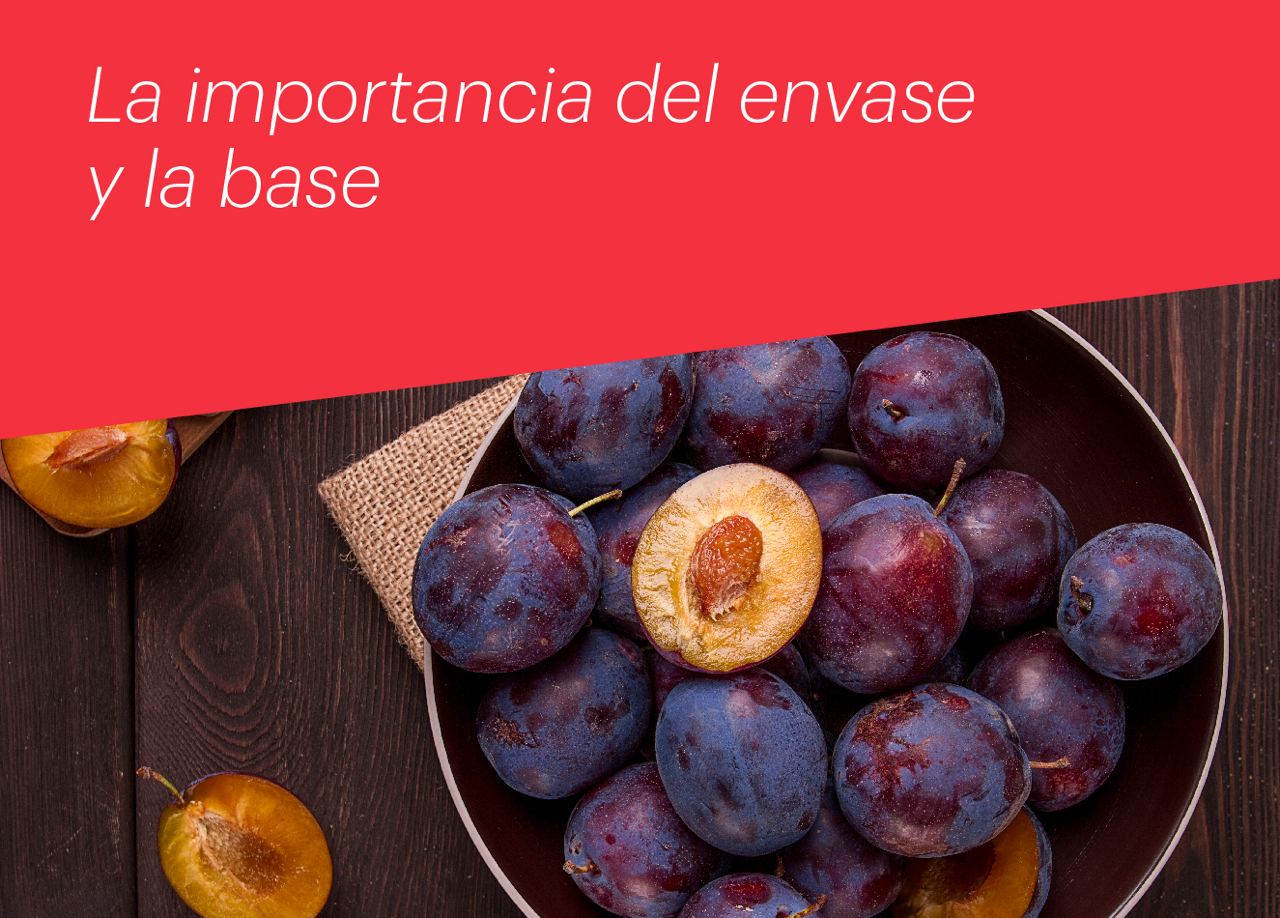Table of Contents

We can help you in the storage, transportation and conservation of plums and all types of fruits. This is a stone fruit, round in shape that can be lilac, yellow, red or green. We are talking about a fruit widely known worldwide for its high vitamin content.
Origin and varieties of plum
The origin of this citrus depends on which variety we are referring to, in the case of the European variety it originated in the Caucasus, while the Japanese variety originated in China.
We mainly distinguish two groups of European plum varieties; and Japanese varieties. We will highlight those that we consider the most relevant within the Spanish market, from the perspective of Antonio Marco’s clients:
• Sungold: belongs to the Japanese group. It is a variety whose fruit is large and has red skin when ripe. Its meat is very juicy and yellow-orange in color.
• Red Beauty: also belongs to the Japanese. Its fruit is rounded, medium-sized, with a dark red-red color.
• Golden Japan: belongs to the Japanese, as its name indicates. It is a thick fruit, light yellow in color. Its meat is very juicy, and its skin is thick and resistant.
• Santa Rosa: large, rounded Japanese plum, whose skin is deep red.
• Reina Claudia de Oullins: this variety belongs to the European group. It is a large fruit, light green in color, whose flesh is very juicy. It is one of the most widespread varieties.
• Reina Claudia Verde: European variety, whose fruit is medium-sized, green in color and juicy fruit. It is usually used for compotes, jams and preserves.

Plum season and harvesting for later conservation
The season begins in May and lasts until the end of September, with very little production in the cold months, since they are harvested in summer. It is true that the use of cold rooms is very important for the conservation of citrus fruits in periods of low demand, or excess supply.
Regarding the plum harvest in Spain, we encounter different diseases and pests:
- Physiological damage:
- Softening
- Pulp decomposition
- Gelation
- Diseases:
- Cold damage
- Sour rot
- Gray mold
- Rhizopus rot
- Green-blue mold
Next, we will explain a series of key measures for cold storage of plums.
Plum storage for distribution
The importance of a logistics warehouse for plum conservation is key. This fruit, one of the most consumed in the world, is very important for all cold storage companies in the eastern area. With around 150,000 tons produced, Spain is the sixth country in the world in grapefruit production.
Countries such as the United States, China and Yugoslavia have gained weight in the European market, where they rely on logistical warehouses where they store the grapefruit in refrigerated merchandise chambers to extend their useful life, and subsequently, be distributed in times when Spanish production does not reach to meet the demand,
Plums, a perishable food, require a storage temperature between 0-2°C, depending on the client’s requirements, this may vary. A key element in the good conservation of grapefruit is; the loss of water after harvesting, just as happens with grapefruit. Low temperatures and high relative humidity around 85% reduce transpiration, delay water loss, and in turn reduce the development of pathogens, helping to extend the life of the plum.
Transport of plums in Spain and the rest of Europe
The plum is a commodity whose main export destinations are usually:
- Transport of plums, Spain to Germany
- Transport of plums, Spain to France
- Transport of plums, Spain to the Netherlands
- Transport of plums, Spain to Belgium
- Transport of plums, Spain to Italy
The ideal temperature for transporting plums is around 18ºC continuously, although it is true that plums do not suffer much from temperature changes in the short term. The transport companies of Alicante and Murcia are focused on the transport of plums to international markets. We are companies that are close to the product, and our know-how, which we have achieved thanks to our years of experience.
We have seen that temperature-controlled storage is key, but this work will mean nothing if we do not carry out optimal refrigerated goods transportation. Antonio Marco is clear that his logistics in Alicante is more than prepared to carry out this task, thanks to its Alicante logistics center located in Granada, Alicante. Antonio Marco is a company that can develop the activities of: transportation, storage and conservation of plums.
At Antonio Marco we can help you transport and preserve plums with a guarantee and good service.
